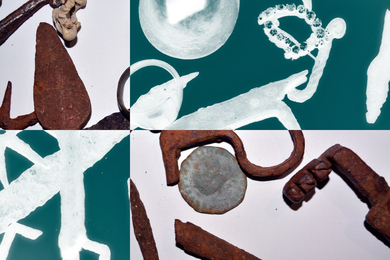A two-day symposium in recognition of Professor of Physics Michel Baranger's 70th birthday and retirement will be held October 24-25.
Professor Baranger came to MIT in 1969 from Carnegie Mellon University, where he started as a research scientist in 1955 and rose to the rank of full professor. He received the PhD from Cornell in the early days of quantum field theory, where he carried out a seminal calculation of the Lamb Shift with Hans Bethe and Richard Feynman for his thesis. Subsequently, he worked in plasma spectroscopy before moving into nuclear physics.
Much of his career was devoted to a series of elegant and powerful developments in quantum many-body physics, ranging from diagrammatic methods in perturbation theory to new methods for understanding and calculating nuclear collective motion. His current interest is in classical and quantum chaos and complexity, which he views as the physics of the 21st century and which he plans to pursue in retirement. In addition to these academic pursuits, he also worked with Freeman Dyson on the Orion project, which studied the feasibility of building a spaceship propelled by a series of small nuclear explosions.
Professor Baranger taught in many courses and formats, ranging from traditional lecture subjects to the Experimental Study Group and the new freshman physics. Recently, he developed the curriculum for the new sequence of undergraduate mechanics subjects 8.033 and 8.21, which he has continued teaching after his formal retirement.
One of his principal outside interests is hiking, which has taken him from the Sierra to Nepal. Two of his children have followed closely in his academic footsteps. His daughter Anne is Assistant Professor of Chemistry at Wesleyan University and his son Harold is a physicist at Lucent Technology (formerly Bell Labs) and also studies chaos. Both will speak at the symposium, along with past and present colleagues including John Negele, the William A. Coolidge Professor of Physics and director of the Center for Theoretical Physics.
The complete schedule will be available from the Center's Web site. For more information, contact Rachel Cohen at x3-4852.
A version of this article appeared in MIT Tech Talk on October 22, 1997.





